Depending on the desired heating temperature and the kind of heat that must be produced, different designs are used in different industrial contexts. Electric ovens are used in applications where high-heat is not necessary. Read More…
Weiss Envirotronics is a worldwide leader in the design, manufacturer and service of environmental test chambers. A complete line of standard and custom chambers, from bench top models to full walk-in and drive-in solutions to meet any testing requirement. Not sure what you need? Let one of our applications engineers help. Weiss Envirotronics, Inc is ISO 9001 registered and A2LA accredited.
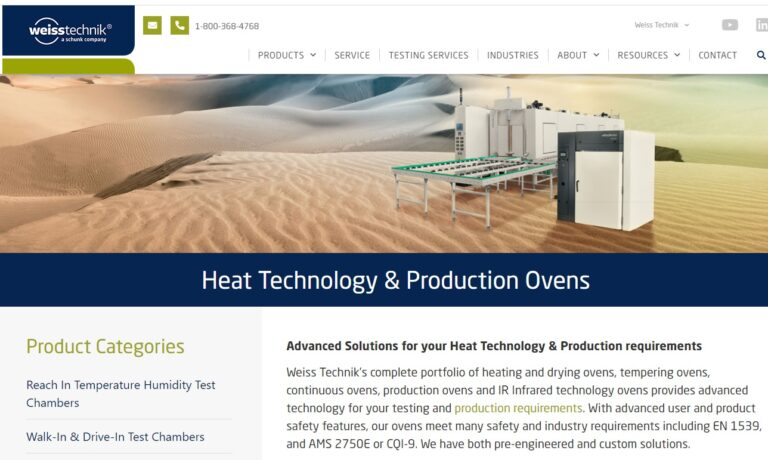
Complete finishing systems are designed around your specific process needs and are optimized to fit within your space requirements. We specialize in producing paint systems for wet and powder coatings, while also providing comprehensive design, fabrication, installation, start-up, and training services. Our complete finishing systems consist of an overhead conveyor, pretreatment washer, dry-off...

Surface Combustion offers a diverse product offering for batch, continuous furnace designs for atmosphere, non-atmosphere, or vacuum processing of ferrous and/or nonferrous components/materials. The convection design is optimal for temperatures between 350°F – 1400°F and are engineered to perform and built to last.
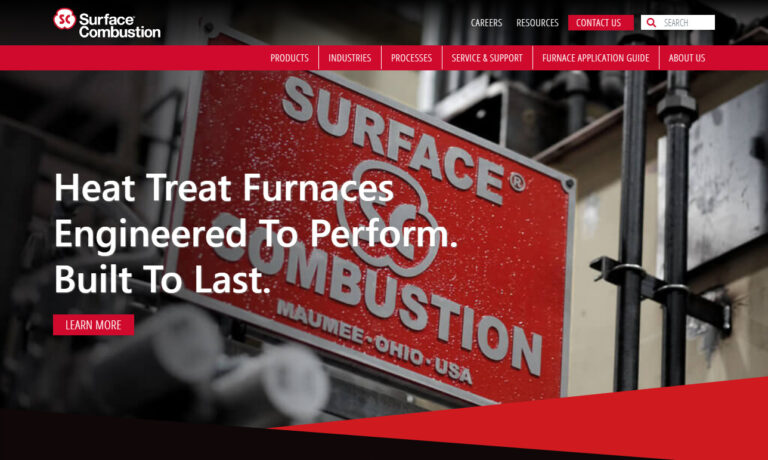
Belco Industries is a leading supplier of high-quality finishing systems, including industrial ovens: batch ovens, moisture drying ovens, infrared preheat, dewatering, E-coat cure ovens, powder coat cure ovens, paint bake ovens and more. We attribute our success to our diversified product line and our ability to change with the demands of the modern industrial market. Call today for more...
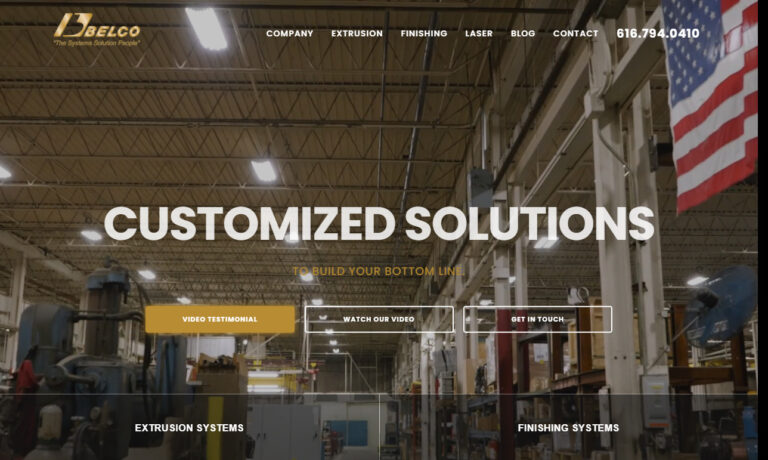
Pyromaitre specializes in industrial ovens and furnaces, and have been providing quality equipment for the past 30 years. Our industrial ovens and furnaces have a compact layout, and are designed with energy efficiency and maximum productivity in mind. We also offer customization options if you are unable to find the exact oven you are looking for. For more information, contact Pyromaitre today!
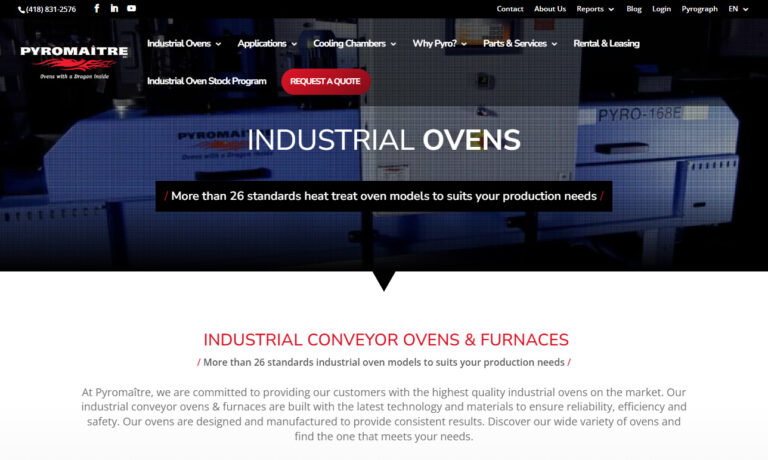
MFS offers superior dry off industrial ovens & curing ovens for all your powder coating needs. Our modular oven design means quick install & start up. As a manufacturer of highly energy efficient ovens, we customize design, engineering, fabrication & installation to maximize your production potential. Dedicated to meeting your needs, we can do complete coating, curing, washing & dry off systems.
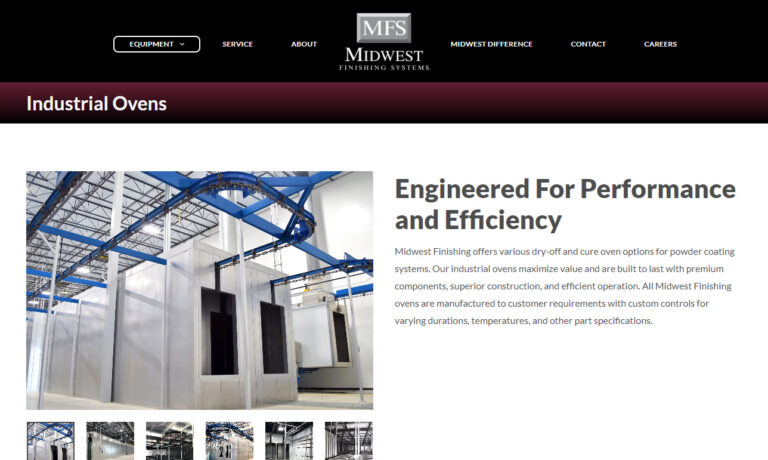
More Electric Oven Manufacturers
Pre-heating, de-moisturizing, curing and drying are some of the main uses for electric ovens. Industrial baking ovens may also use electric heating coils to bake foods in the food service or packaged food supply industries.
Portable ovens, which cannot always be easily connected to natural gas or other heat generation sources, can often be easily connected to electric power sources. For applications with relatively low heat requirements, electric ovens are a good choice because of their efficient heating and low resource consumption compared to ovens that use natural gasses.
Electric ovens can heat products in a few ways. In electric natural convection ovens, heat is transferred from the heat source to the air to the product. Such ovens often feature coil designs where a coil at the bottom of an oven is heated. That heat then travels up and heats the products in the oven. There are limits to the efficiency of natural convection ovens because of the unevenness of heat distribution.
Industry researchers have identified this problem and answered it with forced convection and infrared ovens. These ovens don't have to be electric; some convection and infrared ovens burn natural gasses as their heat source. In electric forced convection ovens, a heat coil provides the heat source in the oven while a fan blows the heated air around resulting in an even distribution of heat.
These ovens are ideal for cooking large quantities of food at the same time. Infrared ovens transfer heat directly from the heat source, which is often a coiled tungsten wire, to the product without the coil-to-air-to-product transfer of heat that occurs in natural and forced convection ovens. Because of the directness of heat transfer in infrared ovens, they are very energy efficient and are becoming increasingly popular in industrial and consumer markets.
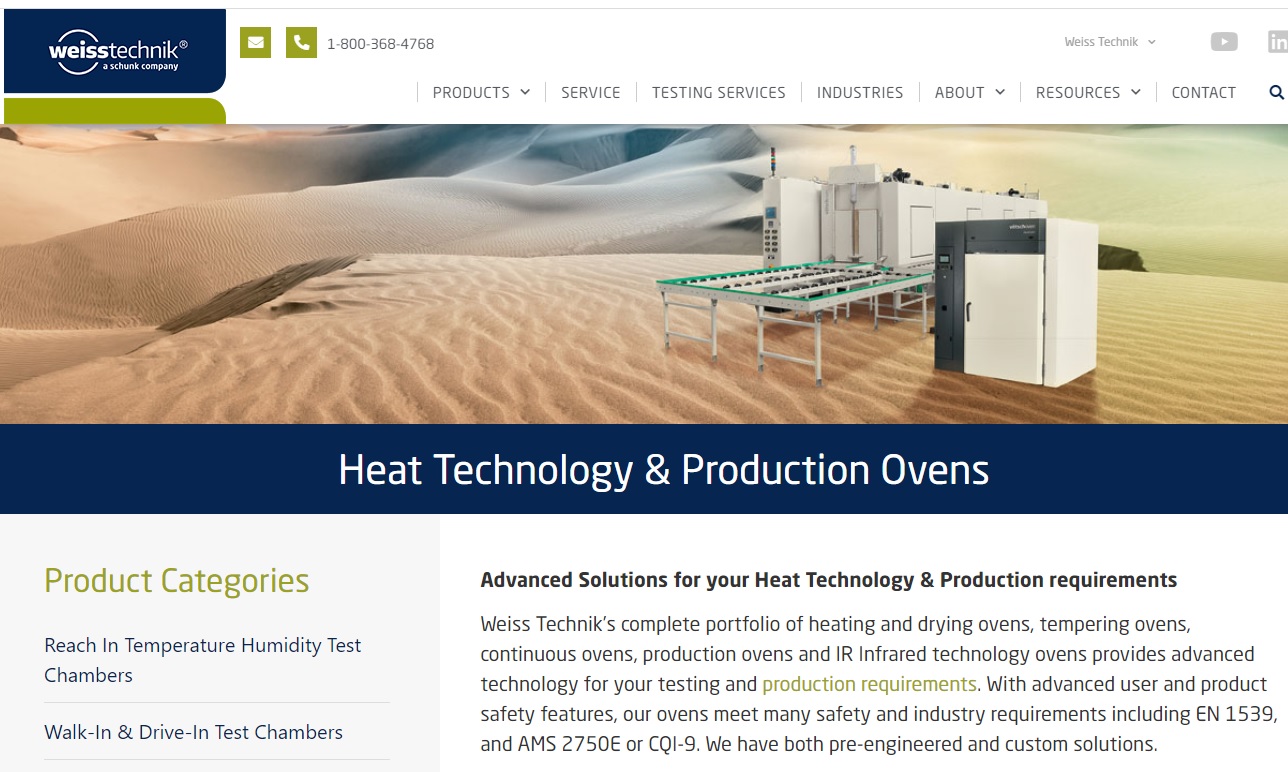
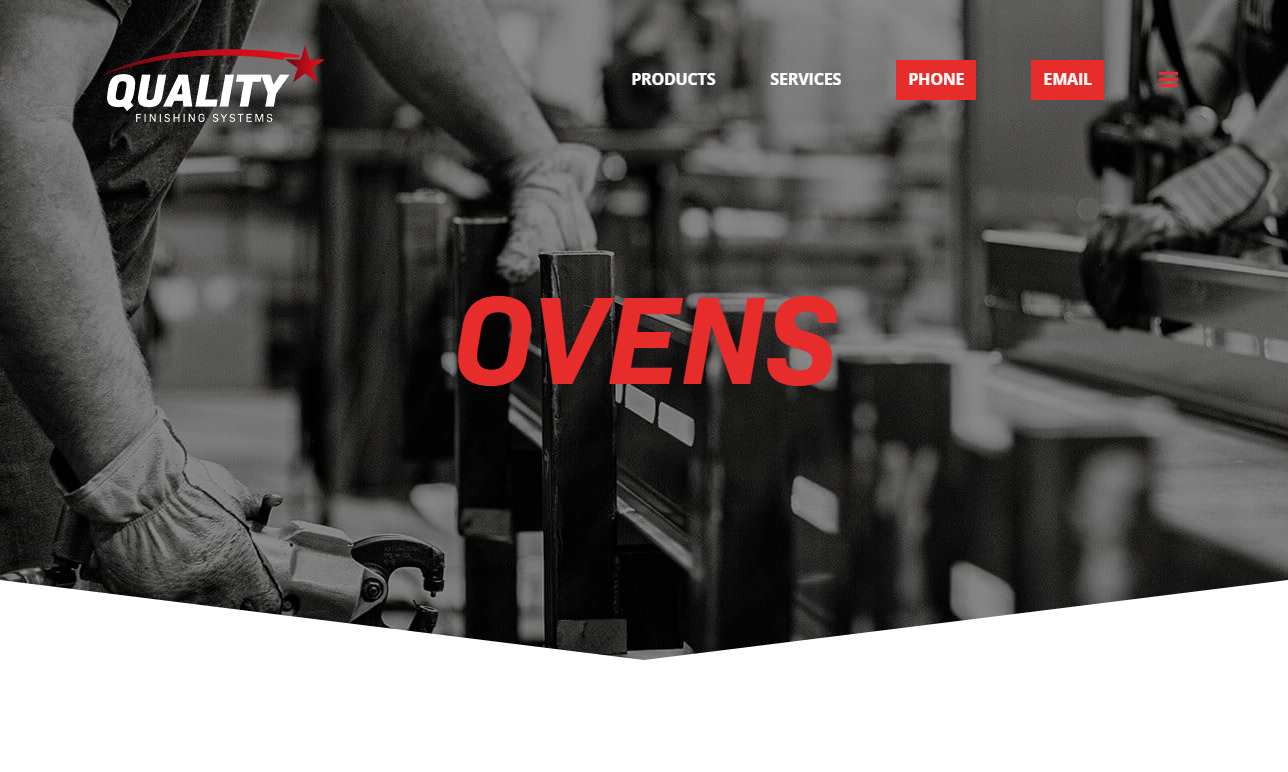
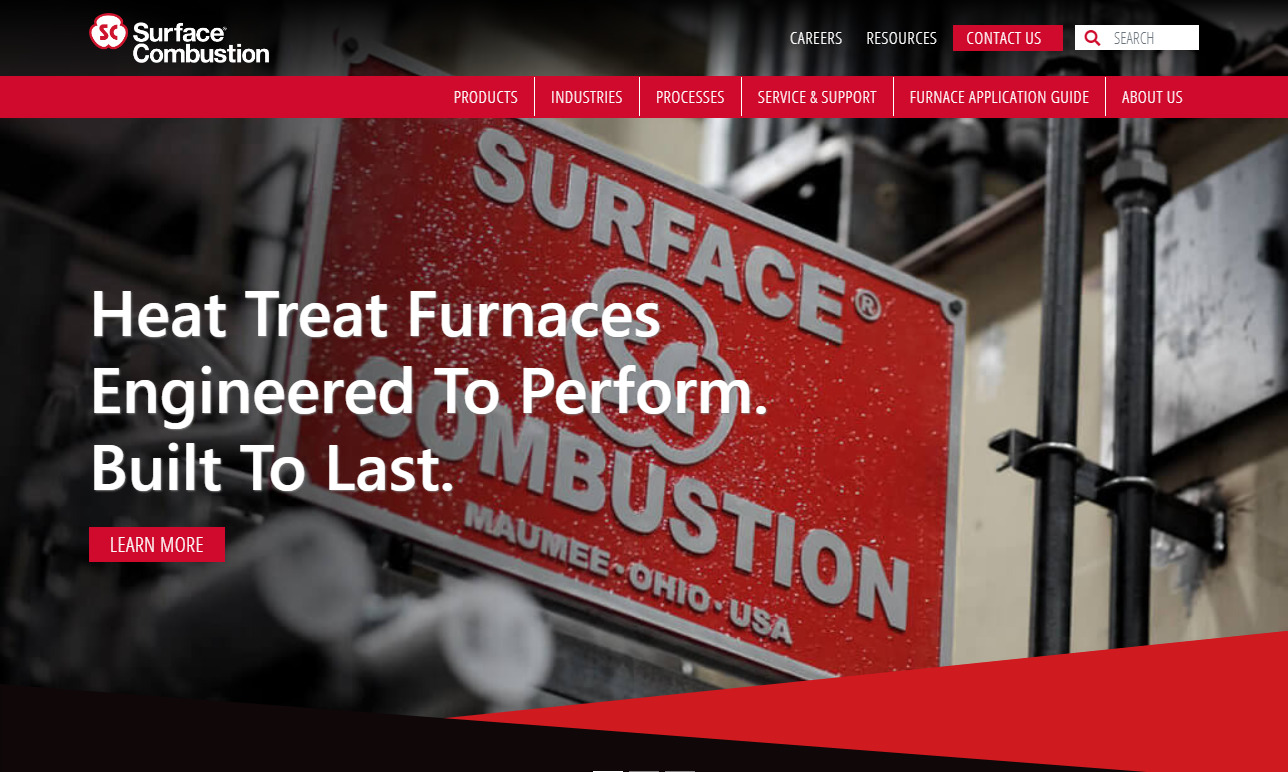
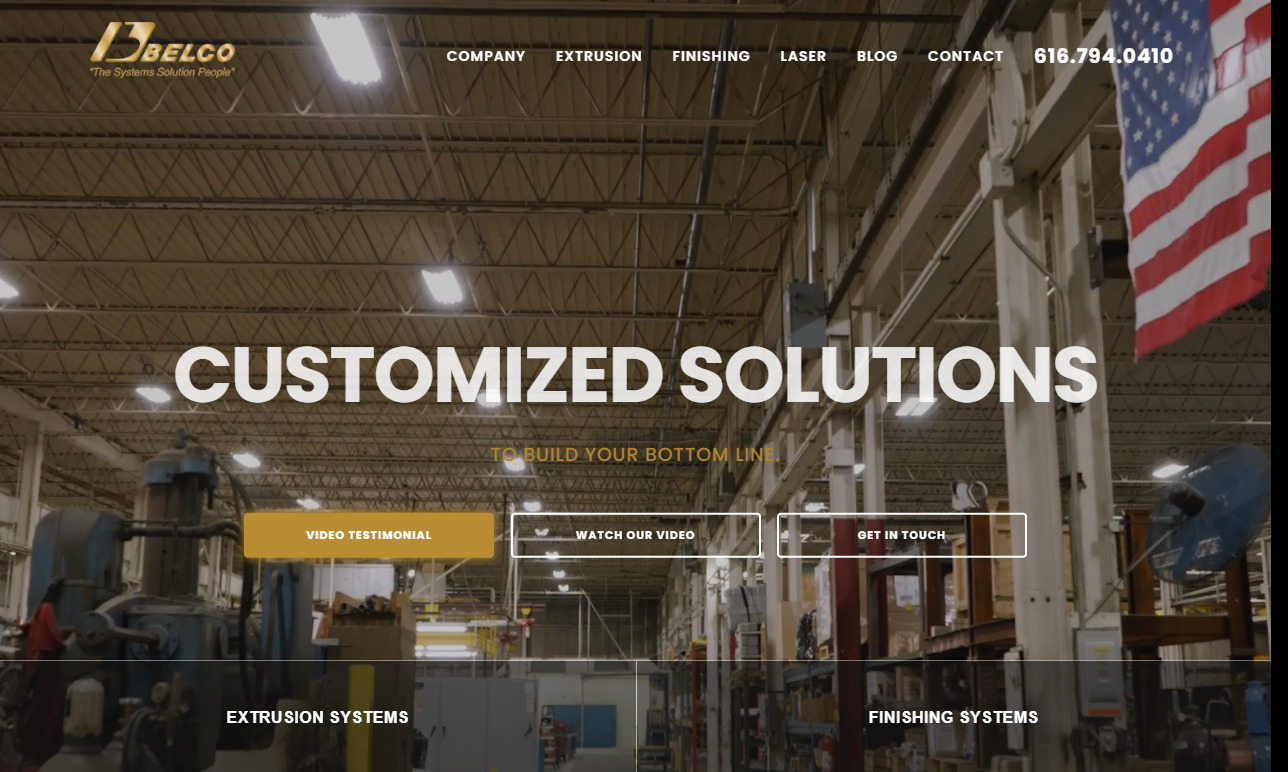
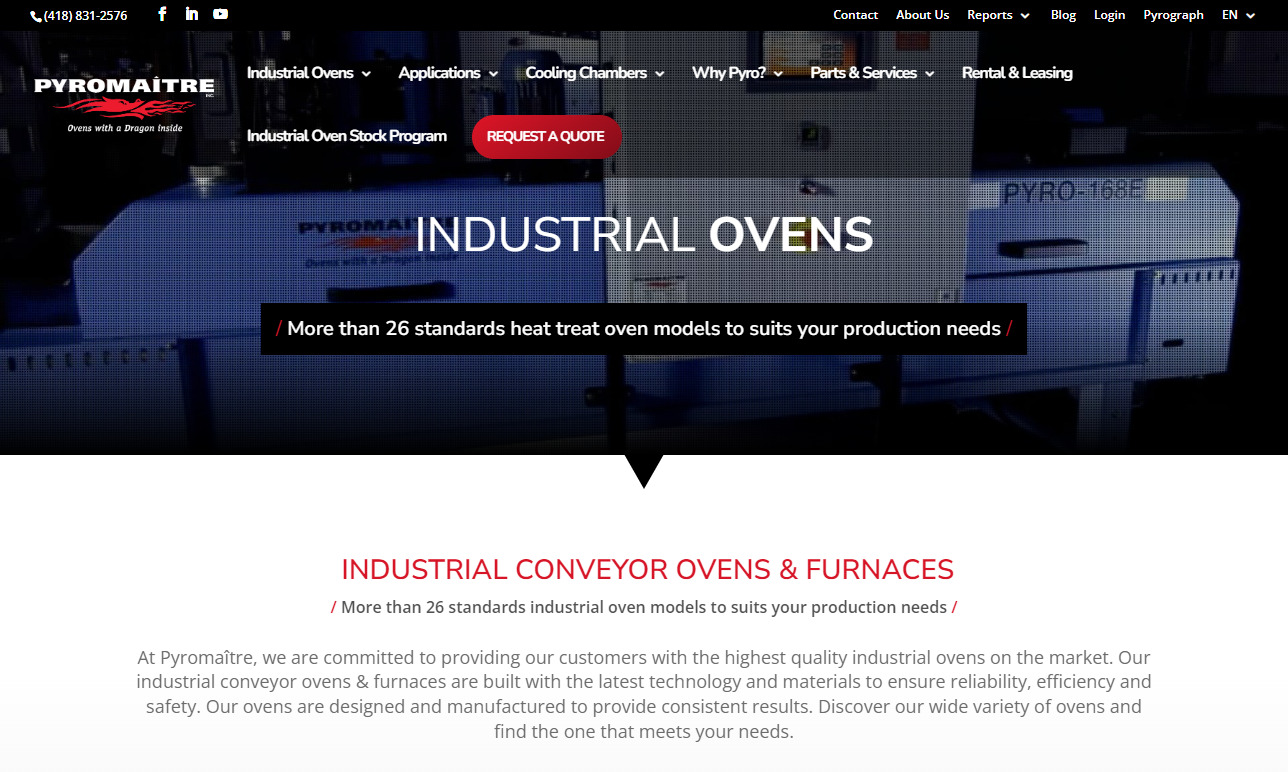
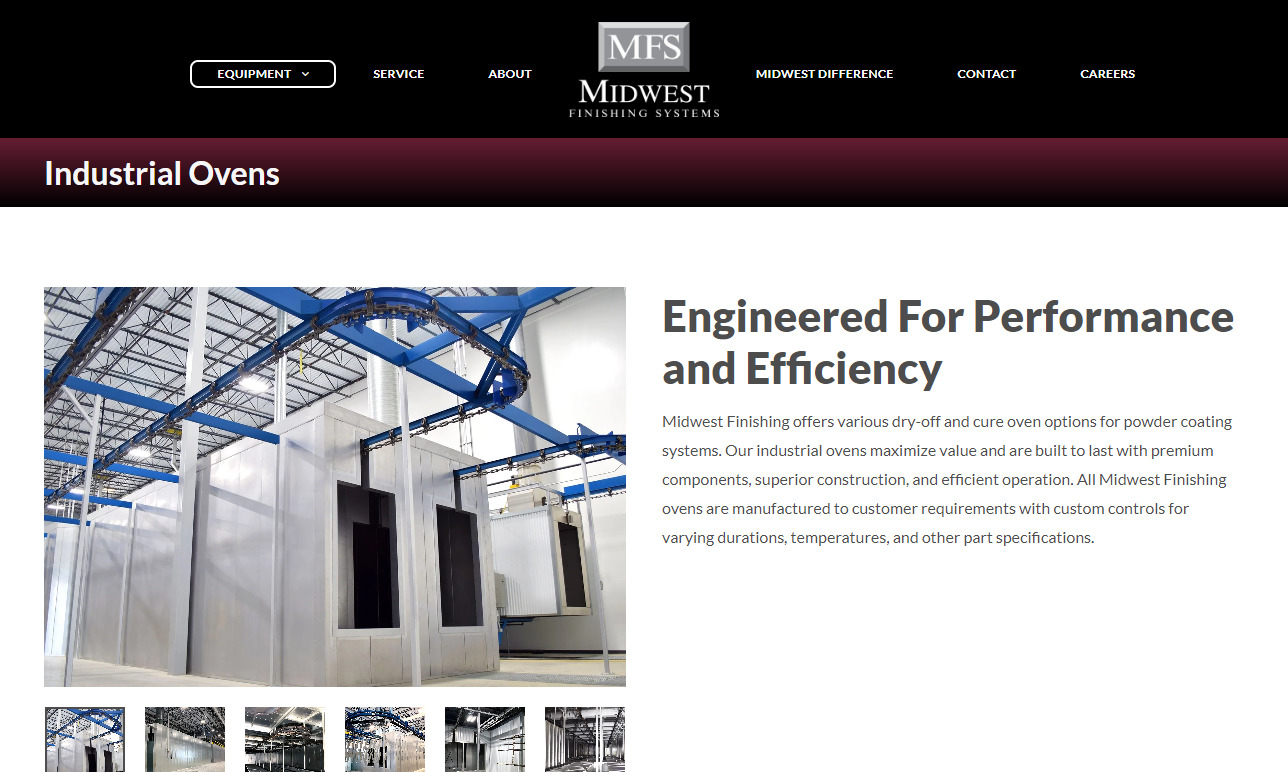
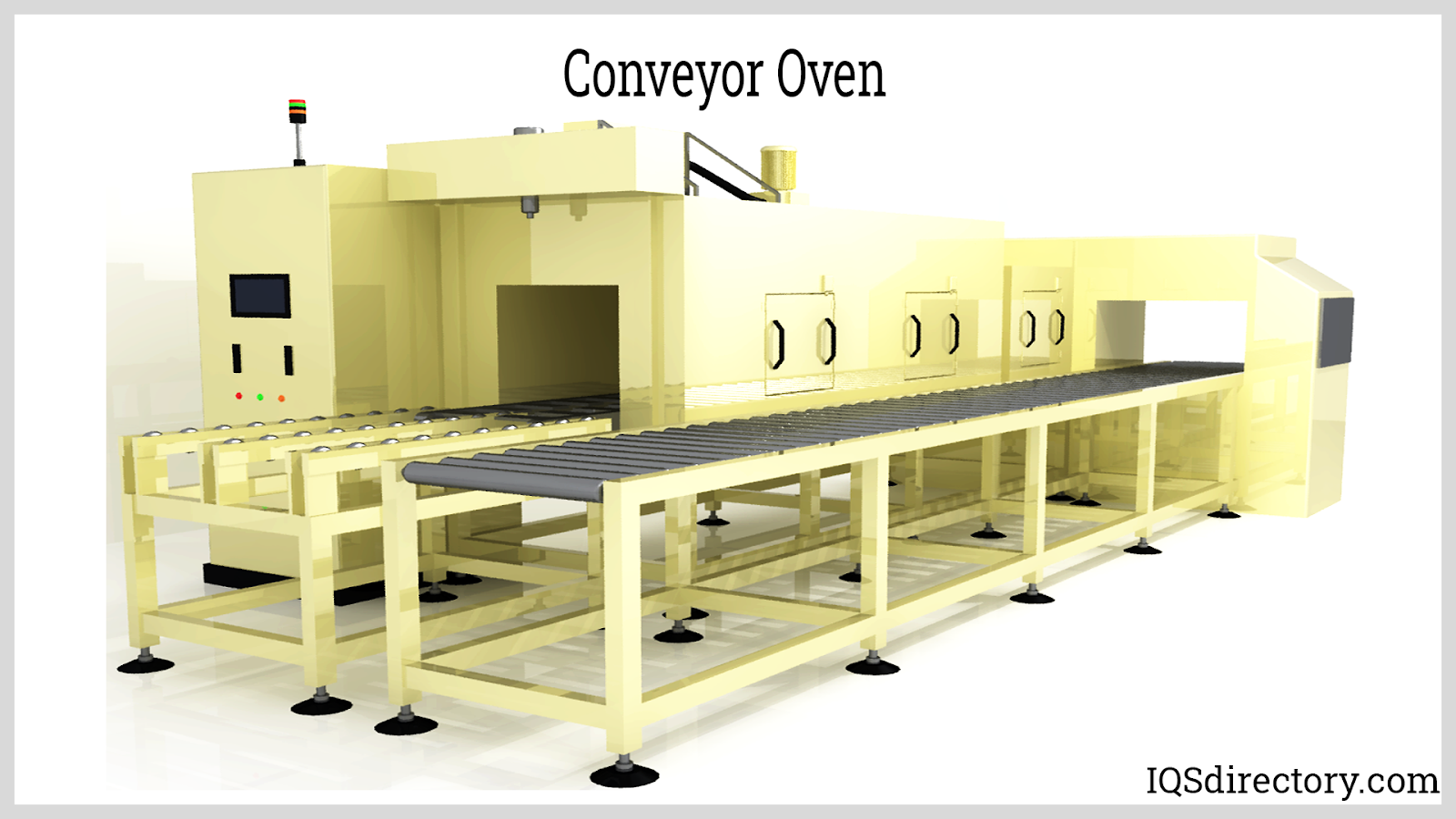
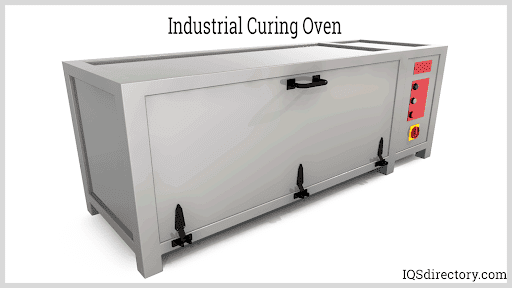
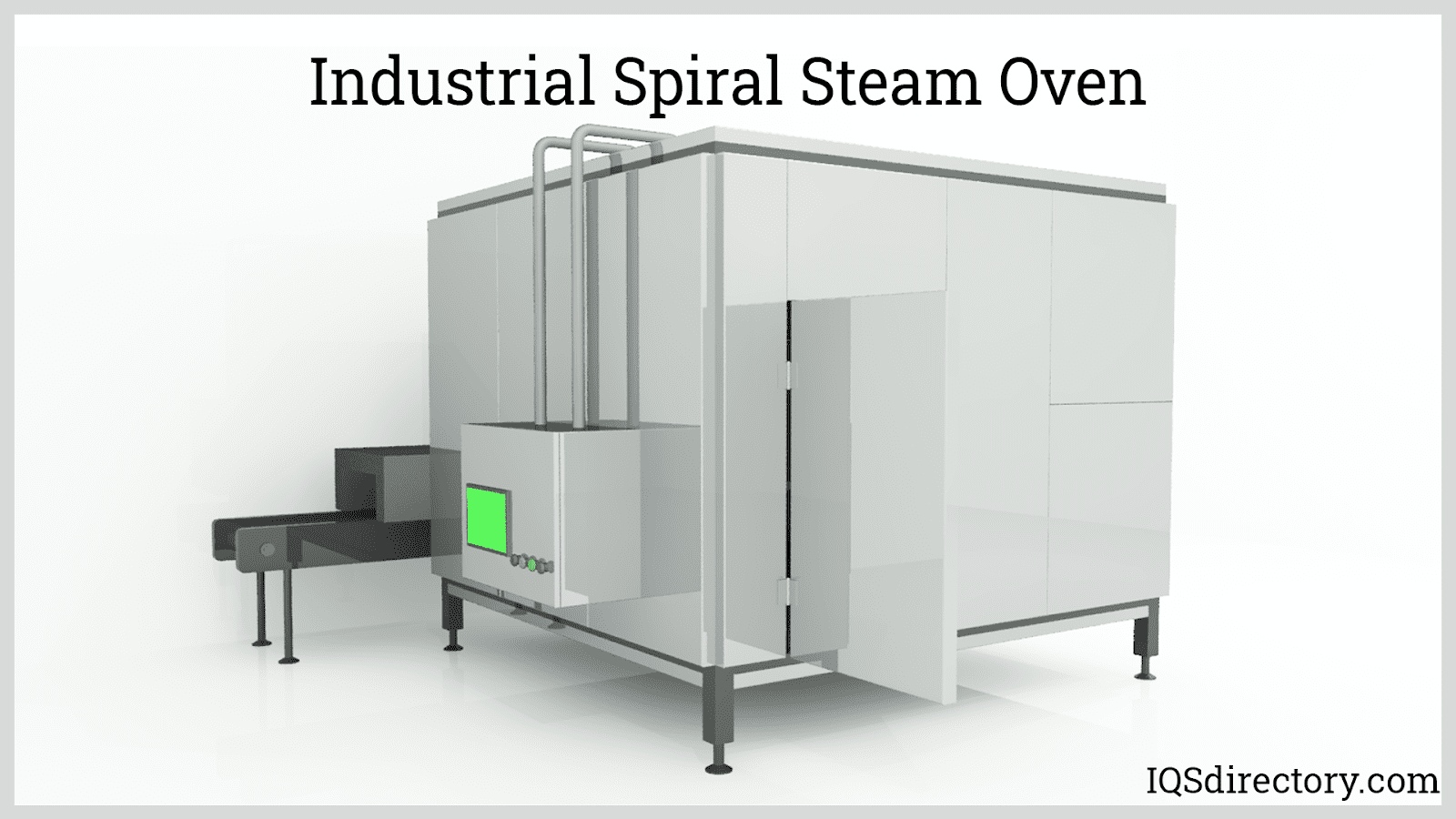

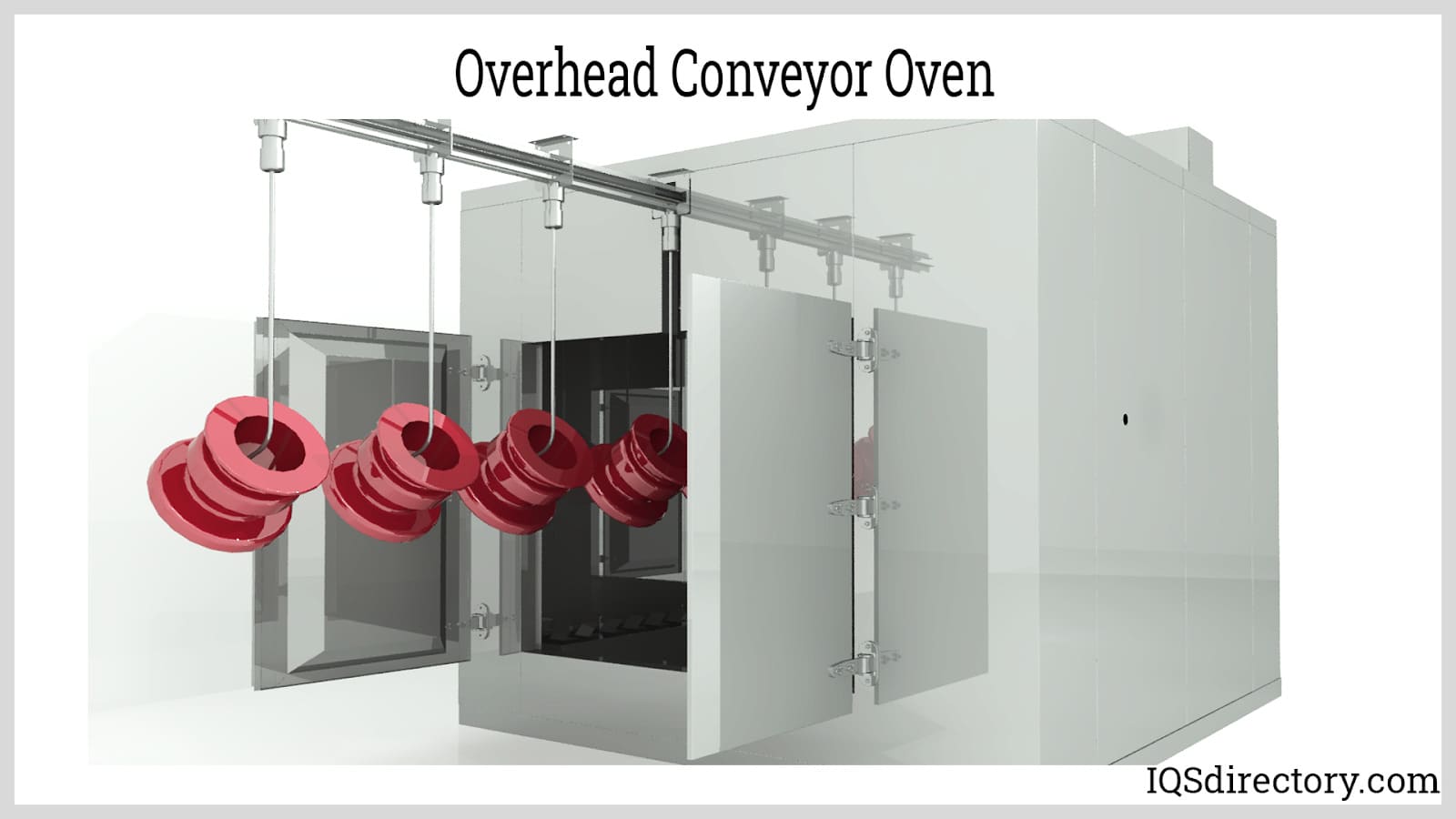
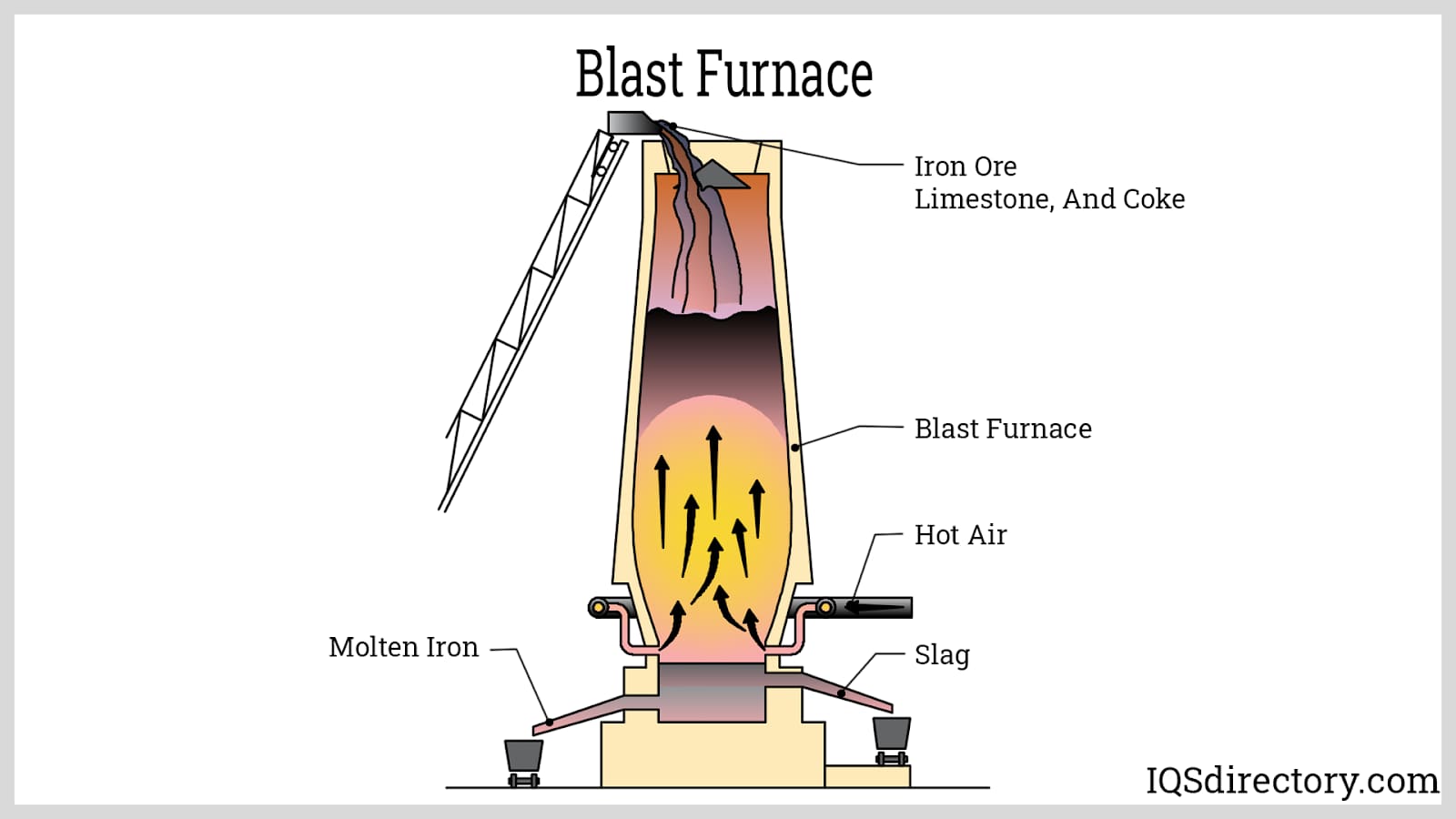
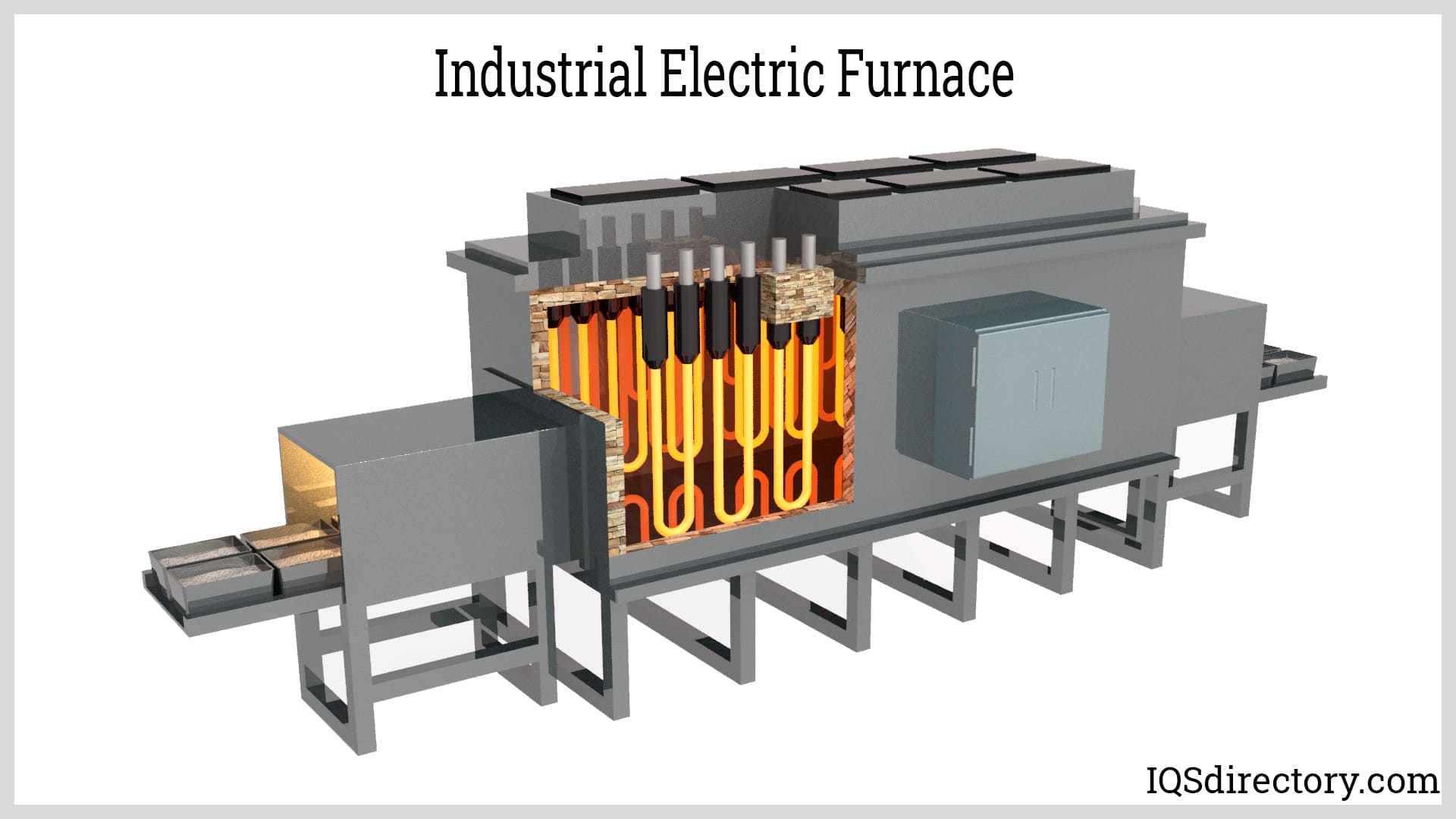
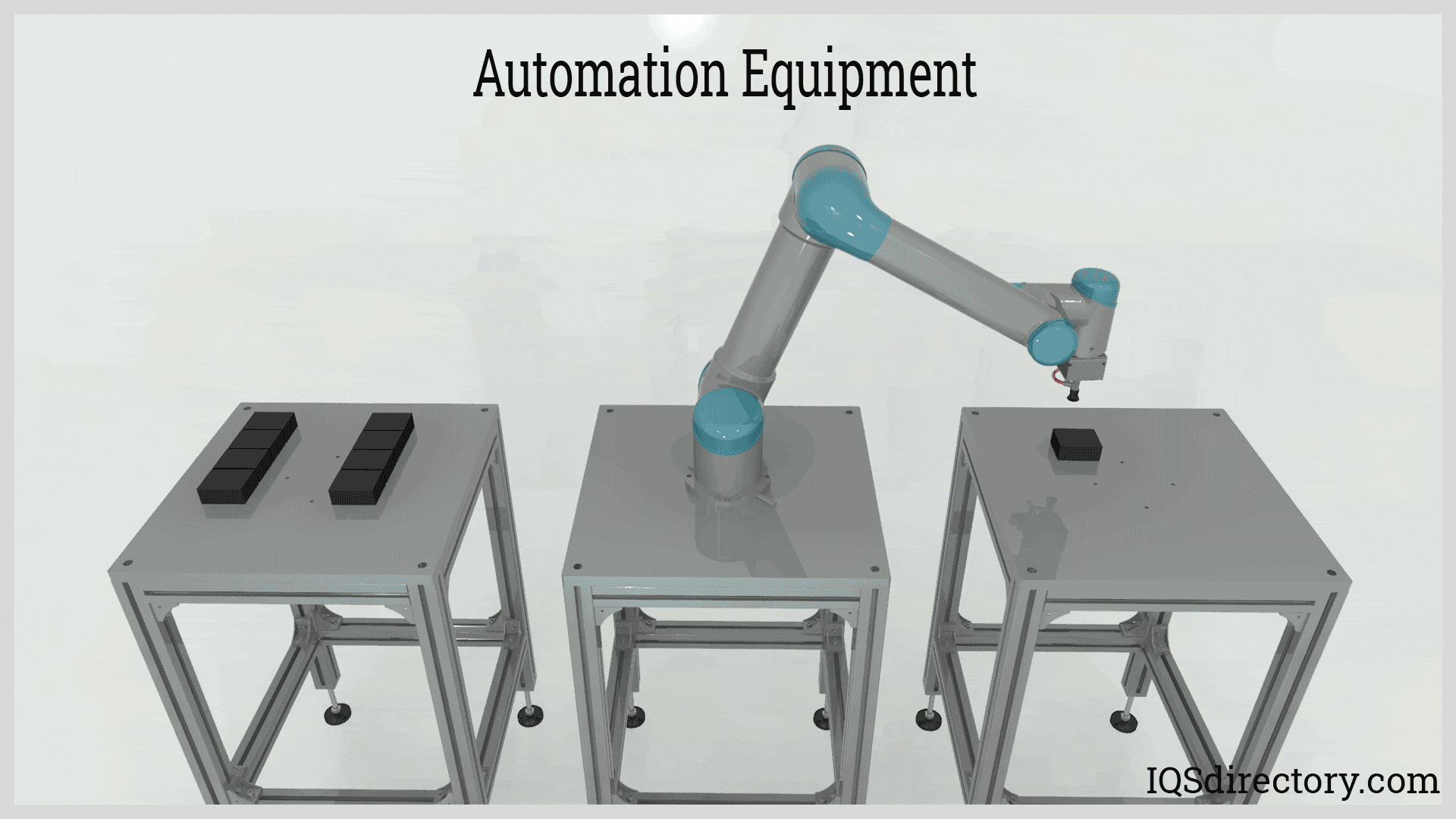
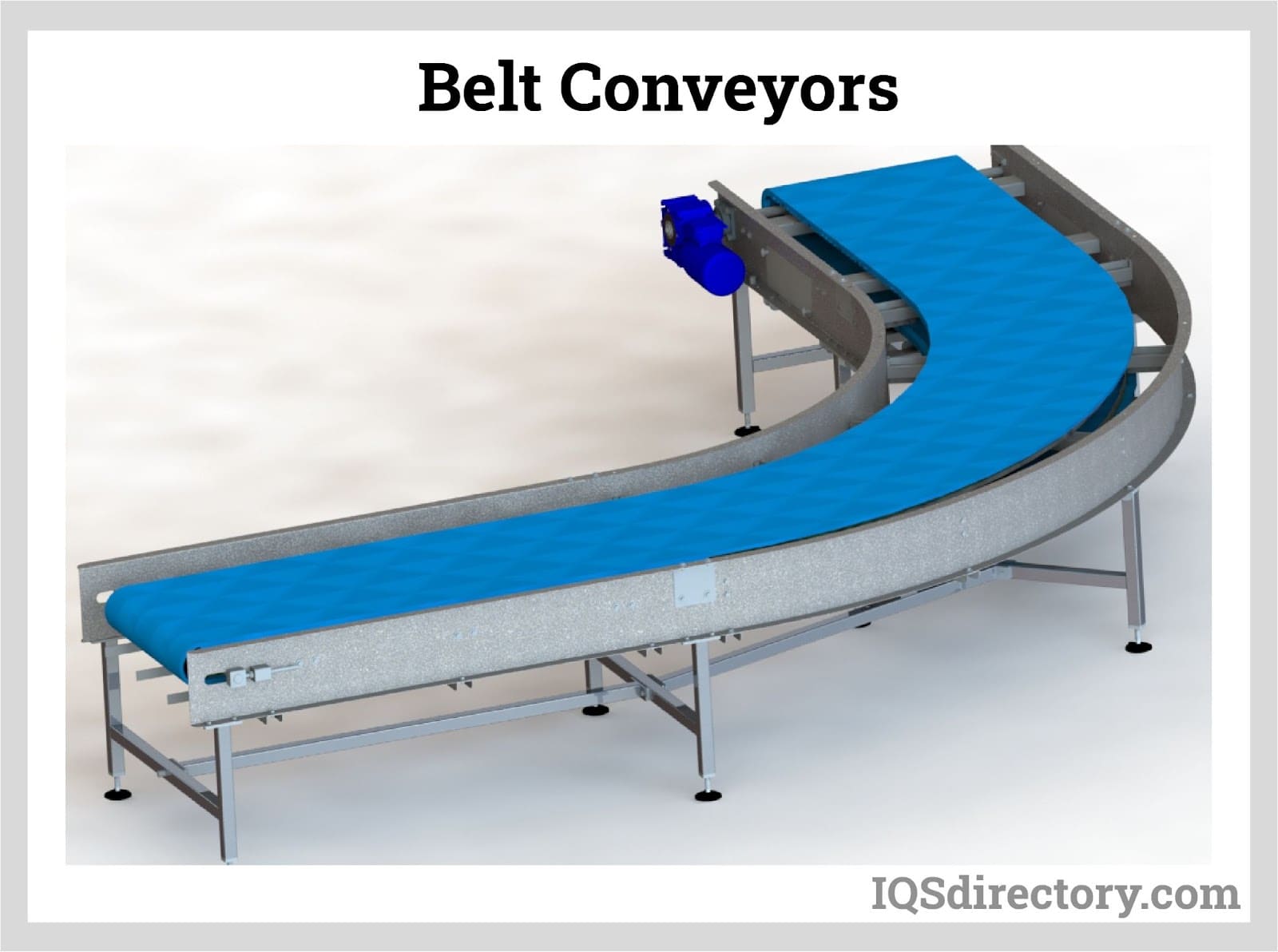
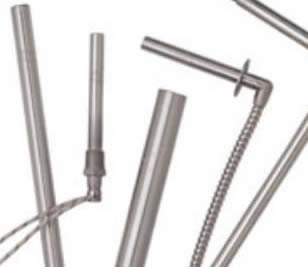 Electric Heaters
Electric Heaters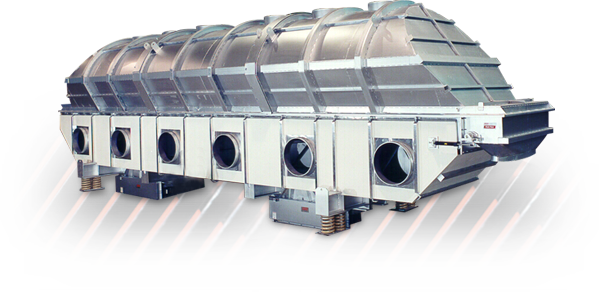 Industrial Dryers
Industrial Dryers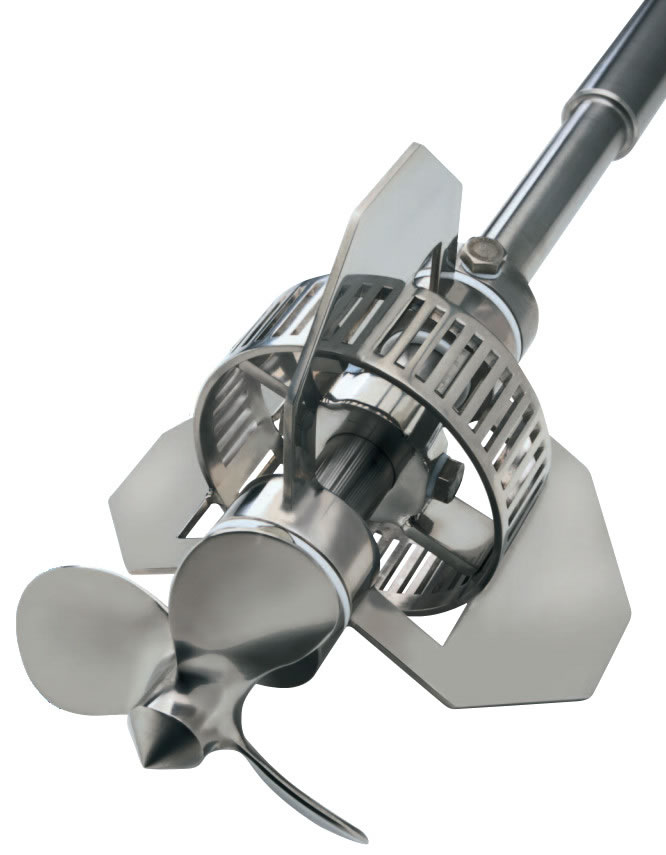 Industrial Mixers
Industrial Mixers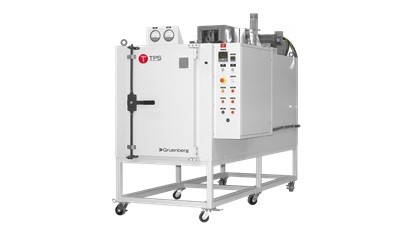 Industrial Ovens
Industrial Ovens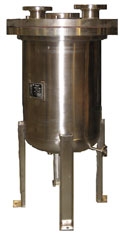 Pressure Vessels
Pressure Vessels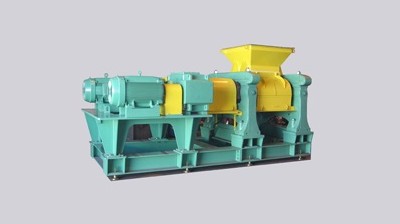 Pulverizers
Pulverizers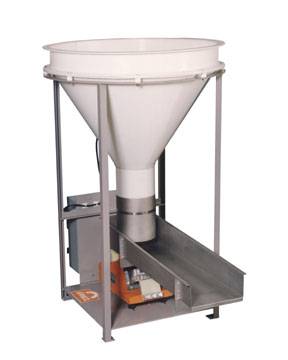 Vibratory Feeders
Vibratory Feeders Castings & Forgings
Castings & Forgings Bulk Material Handling
Bulk Material Handling Electrical & Electronic Components
Electrical & Electronic Components Flow Instrumentation
Flow Instrumentation Hardware
Hardware Material Handling Equipment
Material Handling Equipment Metal Cutting Services
Metal Cutting Services Metal Forming Services
Metal Forming Services Metal Suppliers
Metal Suppliers Motion Control Products
Motion Control Products Plant & Facility Equipment
Plant & Facility Equipment Plant & Facility Supplies
Plant & Facility Supplies Plastic Molding Processes
Plastic Molding Processes Pumps & Valves
Pumps & Valves Recycling Equipment
Recycling Equipment Rubber Products & Services
Rubber Products & Services